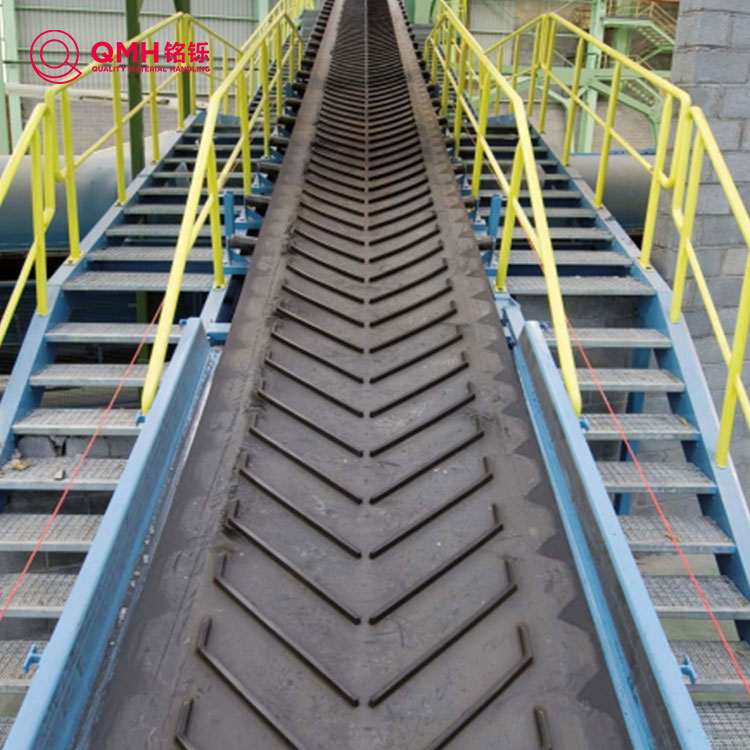The Essential Role of Conveyor Belts in Modern Industry
2025-03-31
Conveyor belts are indispensable in industries requiring the efficient movement of materials across large distances. From manufacturing and mining to logistics and packaging, these systems significantly enhance productivity and streamline operations. In this blog, we’ll explore how conveyor belts work, their different types, and why they are a key component in modern industry.
How Do Conveyor Belts Work?
A conveyor belt consists of a continuous loop of material that moves over rollers or a flat surface. Powered by motors, the belt carries materials from one location to another. Depending on the application, conveyor belts can operate horizontally, vertically, or along inclines and declines.
Types of Conveyor Belts
1. Flat Belt Conveyors:
- Used for transporting packaged goods and products on a flat surface.
- Common in warehouses, assembly lines, and airports.
2. Cleated Belt Conveyors:
- Equipped with raised cleats to prevent materials from sliding backward.
- Ideal for transporting bulk materials on steep inclines.
3. Modular Belt Conveyors:
- Made of plastic segments for easy maintenance and customization.
- Frequently used in food processing and packaging.
4. Roller Conveyors:
- Use rotating rollers to move heavy loads with minimal friction.
- Suitable for automotive manufacturing and large-scale warehousing.
5. Inclined and Declined Conveyors:
- Designed for lifting or lowering materials between different levels.
- Useful in mining, construction, and recycling plants.

Benefits of Conveyor Belts
- Increased Efficiency: Automates the transportation process, reducing labor needs and time.
- Cost Savings: Lowers operational costs by streamlining material handling.
- Enhanced Safety: Reduces workplace accidents by limiting manual lifting and carrying.
- Versatility: Customizable for various applications and industries.
- Continuous Operation: Supports high-capacity material flow without interruptions.
Applications of Conveyor Belts
- Manufacturing: Moves components and finished products along assembly lines.
- Mining and Quarrying: Transports heavy loads like ores and minerals.
- Logistics and Warehousing: Facilitates the movement of packages for sorting and shipping.
- Agriculture: Carries grains, fertilizers, and other bulk materials.
- Food Processing: Ensures hygienic and efficient transportation of food products.
Factors to Consider When Selecting a Conveyor Belt
- Material Compatibility: Choose the appropriate belt material for your specific load type and operating environment.
- Load Capacity: Ensure the belt can handle the weight of the materials.
- Belt Speed: Match the speed to your production line requirements.
- Maintenance Needs: Opt for designs that minimize downtime and are easy to maintain.
Conclusion
Conveyor belts are a fundamental component of modern industrial operations, providing reliable and efficient material transport. With numerous types and applications, they are essential for industries seeking to optimize workflow, enhance safety, and reduce operational costs. Investing in the right conveyor belt system can lead to significant long-term benefits for your business.


